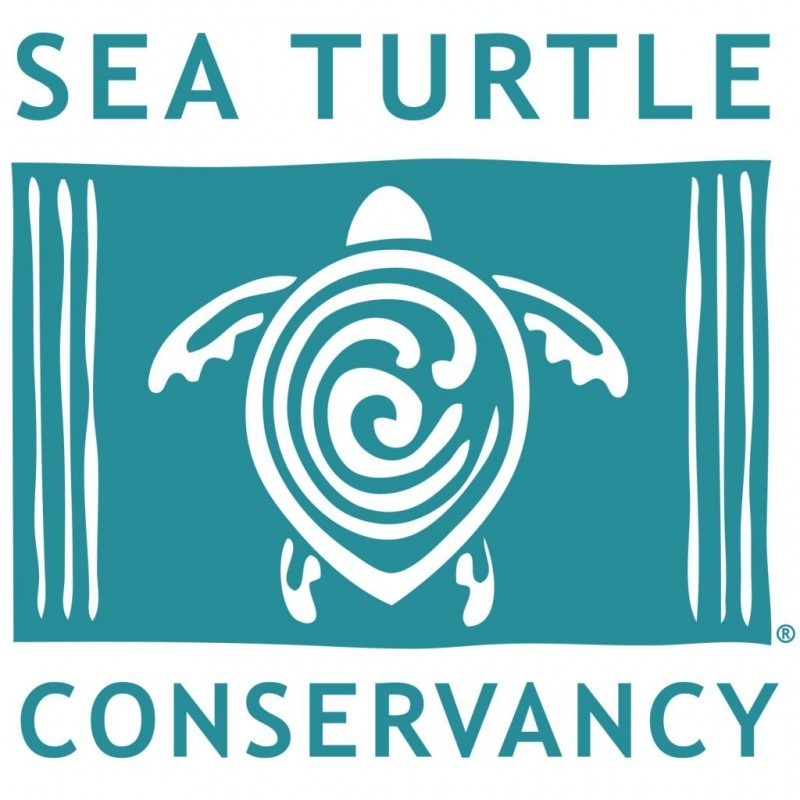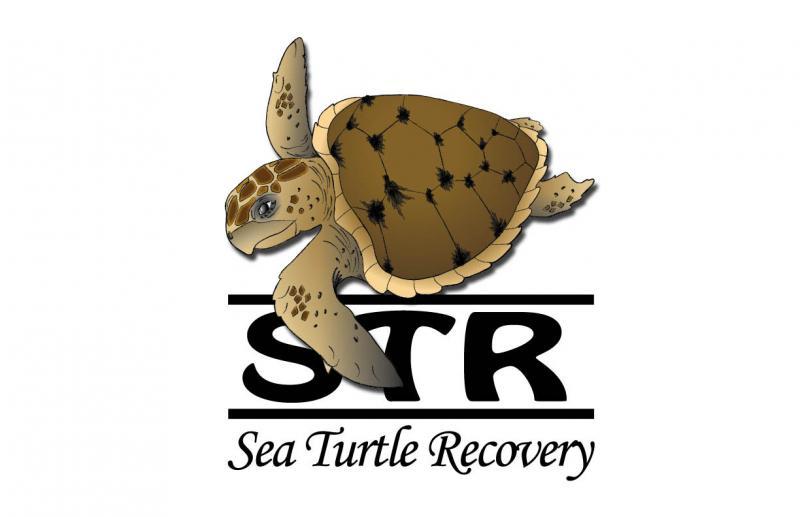Causes: Animals, International, Wildlife Preservation & Protection
Mission:
It is the mission of Sea Turtle Conservancy to ensure the survival of sea turtles within the Caribbean, Atlantic and Pacific through research, education, training, advocacy and protection of the natural habitats upon which they depend.
Geographic areas served: United States and Caribbean
Programs: For 60 years, Sea Turtle Conservancy has conducted annual sea turtle nest monitoring studies on the 21 mile black sand beach of Tortuguero, Costa Rica, the nesting site of more endangered green turtles than anywhere else in the Western Hemisphere. Since being initiated by Dr. Archie Carr in the 1950s, this monitoring program has provided much information on the reproductive ecology and migratory habits of sea turtles. A recent peer-reviewed analysis showed an encouraging trend in green turtle nesting activity. Through this five-decade-long conservation initiative, STC has reversed the decline of green turtles in the Caribbean.
The overall goal of STC's sea turtle research and conservation work in Tortuguero is to conserve the area's nesting green and leatherback turtle populations so that these species fulfill their ecological roles. The strategies used to achieve this goal include the following: (1) monitoring and studying Tortuguero's nesting turtles; (2) working with the Costa Rican government, the community of Tortuguero and others to protect nesting turtles from poachers; (3) training young scientists, conservationists, and others to help ensure the continuation of sea turtle protection efforts in Tortuguero and elsewhere; and (4) educating the public about sea turtles and the threats to their survival.
Research methods include turtle tagging, turtle track surveys, collection of biometric data, fibropapilloma examination, determination of nest survivorship and hatching success, collection of physical data, and collection of data on human impacts to the nesting beach and the turtles. Protection methods include a cooperative effort with Tortuguero National Park officials and law enforcement to reduce poaching of eggs and turtles. Training methods include training research assistants, recruited heavily from Latin American countries, and training Tortuguero National Park guards as well as local eco-tour guides in sea turtle biology and conservation. Public outreach methods include teaching Tortuguero school children, local adults and tourists about sea turtles and working with the international media to raise awareness about sea turtles and threats to their survival.
Continued survival of the sea turtle populations at Tortuguero will require many years of protection, but STC believes it is a feasible goal, and one that can be accomplished while providing an opportunity for research, training of professionals from Latin America and the Caribbean, and local education, as well as economic development for the Tortuguero community through sea turtle tourism.
Mission:
It is the mission of Sea Turtle Conservancy to ensure the survival of sea turtles within the Caribbean, Atlantic and Pacific through research, education, training, advocacy and protection of the natural habitats upon which they depend.
Geographic areas served: United States and Caribbean
Programs: For 60 years, Sea Turtle Conservancy has conducted annual sea turtle nest monitoring studies on the 21 mile black sand beach of Tortuguero, Costa Rica, the nesting site of more endangered green turtles than anywhere else in the Western Hemisphere. Since being initiated by Dr. Archie Carr in the 1950s, this monitoring program has provided much information on the reproductive ecology and migratory habits of sea turtles. A recent peer-reviewed analysis showed an encouraging trend in green turtle nesting activity. Through this five-decade-long conservation initiative, STC has reversed the decline of green turtles in the Caribbean.
The overall goal of STC's sea turtle research and conservation work in Tortuguero is to conserve the area's nesting green and leatherback turtle populations so that these species fulfill their ecological roles. The strategies used to achieve this goal include the following: (1) monitoring and studying Tortuguero's nesting turtles; (2) working with the Costa Rican government, the community of Tortuguero and others to protect nesting turtles from poachers; (3) training young scientists, conservationists, and others to help ensure the continuation of sea turtle protection efforts in Tortuguero and elsewhere; and (4) educating the public about sea turtles and the threats to their survival.
Research methods include turtle tagging, turtle track surveys, collection of biometric data, fibropapilloma examination, determination of nest survivorship and hatching success, collection of physical data, and collection of data on human impacts to the nesting beach and the turtles. Protection methods include a cooperative effort with Tortuguero National Park officials and law enforcement to reduce poaching of eggs and turtles. Training methods include training research assistants, recruited heavily from Latin American countries, and training Tortuguero National Park guards as well as local eco-tour guides in sea turtle biology and conservation. Public outreach methods include teaching Tortuguero school children, local adults and tourists about sea turtles and working with the international media to raise awareness about sea turtles and threats to their survival.
Continued survival of the sea turtle populations at Tortuguero will require many years of protection, but STC believes it is a feasible goal, and one that can be accomplished while providing an opportunity for research, training of professionals from Latin America and the Caribbean, and local education, as well as economic development for the Tortuguero community through sea turtle tourism.
4581 NW 6th St Suite A, Gainesville, FL 32609
352-373-6441

Animals
Gainesville



























